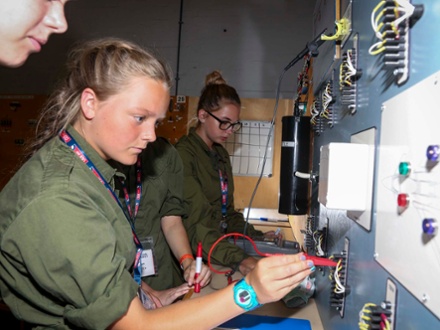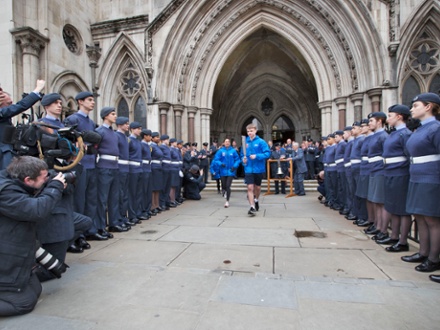
Since the 1930s and 1940s the RAF had realised the importance of protecting British airspace from enemy air attack and at the height of the Cold War the RAF bases were under threat of strikes being carried by long range Soviet Bombers.
________________________________________________________
The fear was that before defending fighters could be scrambled to intercept the incoming bombers, it would be too late and strategic RAF bases around the country would be wiped out. In response, the RAF decided that a new high-speed fighter interceptor would be needed to counter this possible threat. The result was the English Electric Lightning.
Designed in the mid-1950s the Lightning entered frontline service with No.74 Squadron in 1960 and would continue to serve in operational roles up until 1988.
A bold concept right from the start, speed was key to the Lightning’s design.
The combination of its powerful engine and radical swept wing design allowed the Lightning to reach speeds that were thought to be impossible at the time. The idea was that if allied RADAR detected enemy aircraft heading towards the UK, the Lightnings would scramble from its airbases and fly at supersonic speeds to intercept enemy bombers over the North Sea.
The Lightning was notable for being the first British interceptor not to be armed with a gun as its main armament, instead it was equipped with air-to-air missiles instead, allowing it to engage the enemy at great ranges if needs be. Although the Lightning never saw combat during its service with the RAF, its capabilities were highlighted on a number of occasions. Its extreme speed was shown in 1985 when, as part of a NATO exercise, an RAF Lightning was the only allied aircraft that was able to intercept and overtake Concorde, the world’s fastest airliner.
Furthermore, in 1972 the Lightning was tasked to shoot down a pilotless Harrier. The pilot had been forced to bail out over Germany, but the plane had continued to fly towards the East German border. The Lightning was used to shoot down the Harrier in order to prevent a possible diplomatic crisis with the Warsaw Pact.
Read more about the Lightning
Lightning crews were ready 24/7 to launch at a moment’s notice, ready to conduct intercept missions in order to defend Britain’s airspace. Today the interception missions of the Royal Air Force are carried out by the Eurofighter Typhoon.
Introduced in the early 2000s the Typhoon is responsible for policing not just UK airspace, but also the airspace of our Allies. RAF Typhoons are currently taking part in the Balkans Air Policing Mission, flying out of Romania and RAF Typhoons have previously carried out interception missions as part of NATO’s Baltic Air Policing Mission. A flight of Typhoons is also based in the Falkland Islands to carry out air superiority and interception missions.






